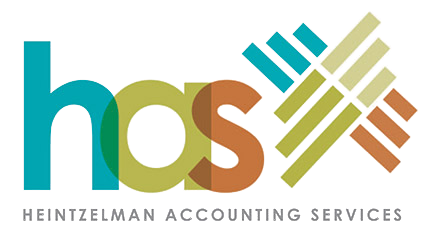How much time must an employee work for a Michigan company to qualify for unemployment benefits?
Of course, there is no simple answer to that question. However, we have provided some general information to help business owners gain a better understanding of how employees qualify for unemployment benefits.
When a worker files an unemployment benefits claim, a “base period” is established. The base period is generally the first four calendar quarters, from among the last five completed calendar quarters. For example, if the worker filed for unemployment benefits on September 1, 2010 the base period would begin on April 1, 2009 and end March 31, 2010. September 1 is part of the 3rd calendar quarter which ends on September 30, so the base period would begin with the start of the 5th previous calendar quarters. The end of the base period would be March 31, or the end of the 4th previously completed calendar quarter.
Michigan employers are required to do quarterly wage reporting to the Unemployment Insurance Agency. The establishment of the claimant’s base period allows for the state to have updated records for wage reporting purposes.
All of the claimant’s earnings are compiled for the base period – which could be comprised from many different employers. Some portion of the unemployment benefits payable to a worker could possibly be based on wages paid by an employer for only a few days – or even a few hours of time. To determine the benefits payable to the claimant, the state applies a formula that results in a percentage per employer to be shared based on wages earned and time worked and charged to each employer’s experience account.
Michigan employers may subscribe to The Michigan Employer Advisor to receive the quarterly UIA newsletter issues which contain timely updates and information.


Recent Comments